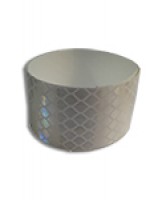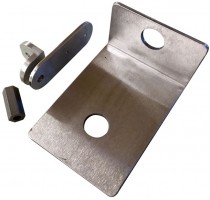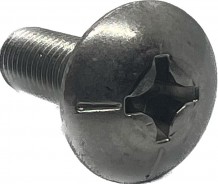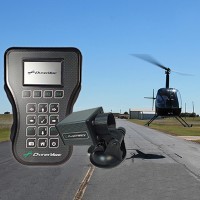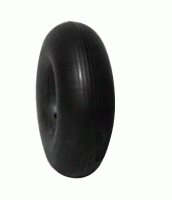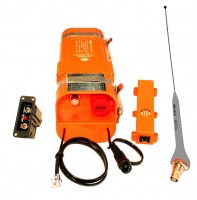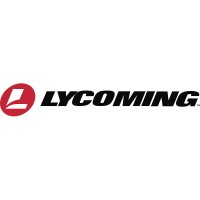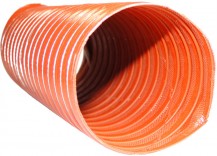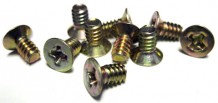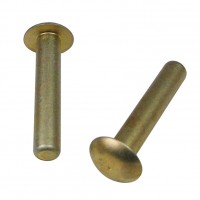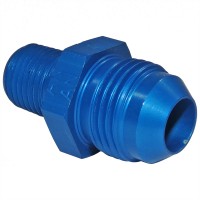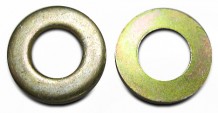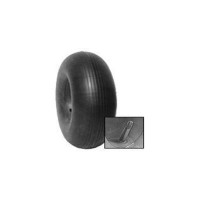RPX Dynavibe Classic Propeller Balancer for Rotorcraft with NIST Certificate
MFR Model# A-DV-KIT-CLASSIC-ROTO-NIST
- JUMP TO
- Overview
- Accessories
- Reviews
- Q&A
- View in Catalog
Overview
|
DynaVibe Classic "The Affordable Dynamic Prop Balancer" The DynaVibe Classic is an economical, state-of-the-art dynamic propeller balancer designed specifically for the aircraft industry. The DynaVibe Classic displays the magnitude and phase of propeller vibration allowing precise weight adjustments for balanced and smooth engine operation. Attention: DynaVibe Products may not be cancelled or returned.
A properly balanced engine installation offers a number of advantages over unbalanced equipment. The most significant advantage is in the longevity of components associated with the power plant. In many cases high vibration levels have lead to premature failure of critical engine components. Engine accessories, engine mounts, firewalls, and instruments are also susceptible to vibration damage and premature failure. Standard VS Rotorcraft Version: The rotorcraft version is the same as the aircraft version with additional features:
NIST Option NIST is the National Institute of Standards and Technology: an agency in the Technology Administration that makes measurements and sets standards as needed. The NIST traceable option is available for those that are working on certified aircraft. Important Info
|
WARNING: Cancer and Reproductive Harm - www.P65Warnings.ca.gov. |
Reviews
Well, here we are again. I like to leave honest feedback and Steve at RPX came though for me. First time when I was fabricating a mount for my O-300 and now when my unit was the victim of a flash flood that washed through my hanger. Sent it in and they were able to get it up and running for a very reasonable price. Would not hesitate to buy from these folks again. Starting to save for the Drybot next! Thanks again
Starting with .34 ips and quickly working down to .02 ips not only did the engine run smoothly, My indicated airspeed went from 103 -105 knots ups to 109-113 knots. Well worth the money that you will save on maintenance, fuel and time.
Great Product however, delivery by UPS was delayed.
Very easy to use. brought my vibration down from 0.95 IPS to 0.02 IPS with just some additional washers under back side of prop bolts. Does require a very solid mounting to fit engine.
Q&A
Please note, Aircraft Spruce's personnel are not certified aircraft mechanics and can only provide general support and ideas, which should not be relied upon or implemented in lieu of consulting an A&P or other qualified technician. Aircraft Spruce assumes no responsibility or liability for any issue or problem which may arise from any repair, modification or other work done from this knowledge base. Any product eligibility information provided here is based on general application guides and we recommend always referring to your specific aircraft parts manual, the parts manufacturer or consulting with a qualified mechanic.
Yes. It actually works very well on geared assemblies since the geared drive puts the engine vibration frequency at a different frequency than the prop vibration frequency. This makes it easier to isolate just the prop vibration.
Yes. It actually works very well on geared assemblies since the geared drive puts the engine vibration frequency at a different frequency than the prop vibration frequency. This makes it easier to isolate just the prop vibration.
Yes. The number of blades on the prop is irrelevant in the balancing process.
Yes. The number of blades on the prop is irrelevant in the balancing process.
Sure! The rotorcraft version of the DynaVibe Balancer includes an additional accelerometer and remote averaging button. Note that we're not rotorcraft experts so we can not offer technical support for tracking and balancing a rotorcraft other than how to operate the DynaVibe itself.
Sure! The rotorcraft version of the DynaVibe Balancer includes an additional accelerometer and remote averaging button. Note that we're not rotorcraft experts so we can not offer technical support for tracking and balancing a rotorcraft other than how to operate the DynaVibe itself.
Yes. Everything focuses on the prop assembly. It doesn't matter how the prop is driven. We have many customers using the DynaVibe on turboprop aircraft. Regarding radial engines, the orientation of the cylinders is cause for concern since vibrations from combustion are in the same direction as the prop vibration. However, we've had several customers use the DynaVibe on aircraft with radial engines and it worked well.
Yes. Everything focuses on the prop assembly. It doesn't matter how the prop is driven. We have many customers using the DynaVibe on turboprop aircraft. Regarding radial engines, the orientation of the cylinders is cause for concern since vibrations from combustion are in the same direction as the prop vibration. However, we've had several customers use the DynaVibe on aircraft with radial engines and it worked well.
Due to the variety of engines, we're not able to supply mounts to fit every configuration. You will need to build a fixture to bolt the accelerometer and optical pickup to the engine. Typically, the mount is bolted using one of the case bolts. The accelerometer is mounted on the bracket in the vertical direction, and the optical pickup is pointed toward the prop, near the hub.
Due to the variety of engines, we're not able to supply mounts to fit every configuration. You will need to build a fixture to bolt the accelerometer and optical pickup to the engine. Typically, the mount is bolted using one of the case bolts. The accelerometer is mounted on the bracket in the vertical direction, and the optical pickup is pointed toward the prop, near the hub.


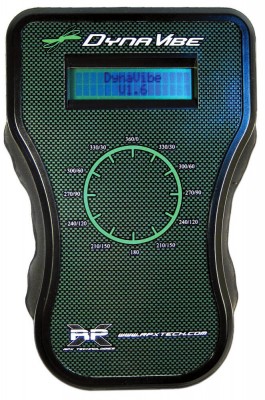
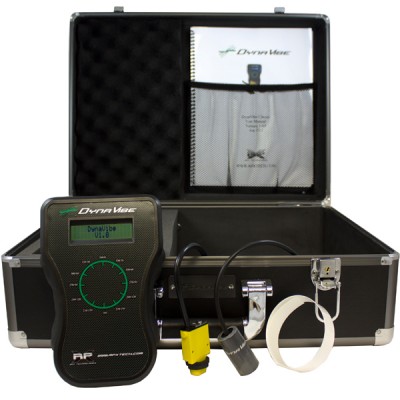







 FREE Shipping
FREE Shipping

